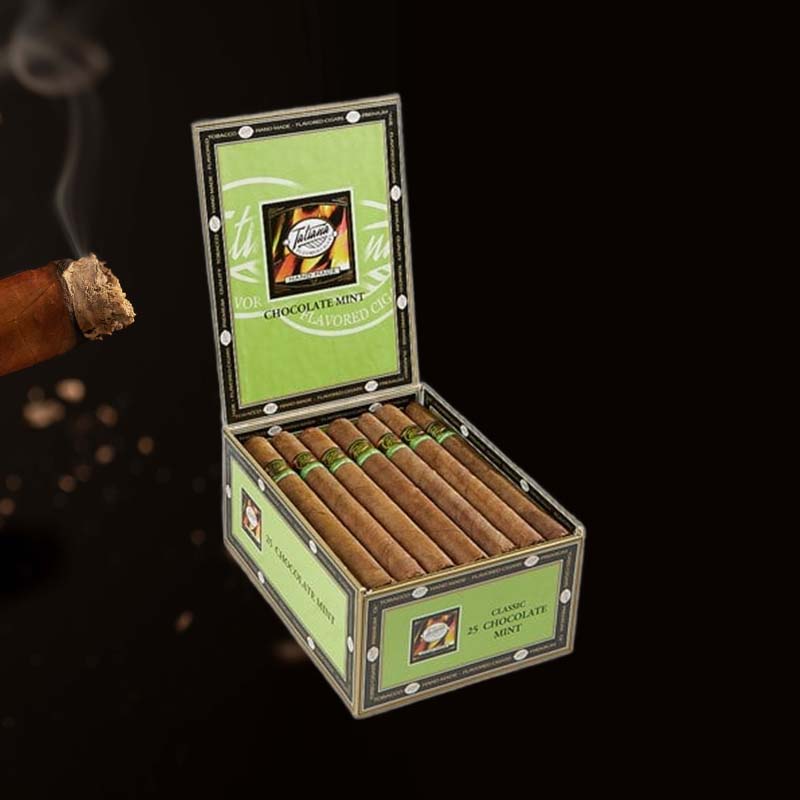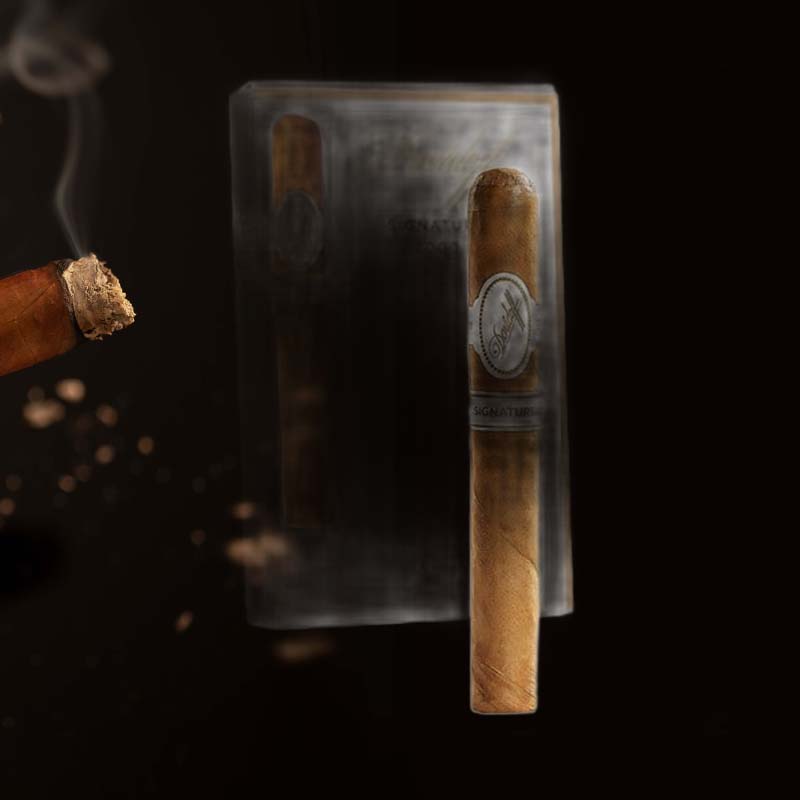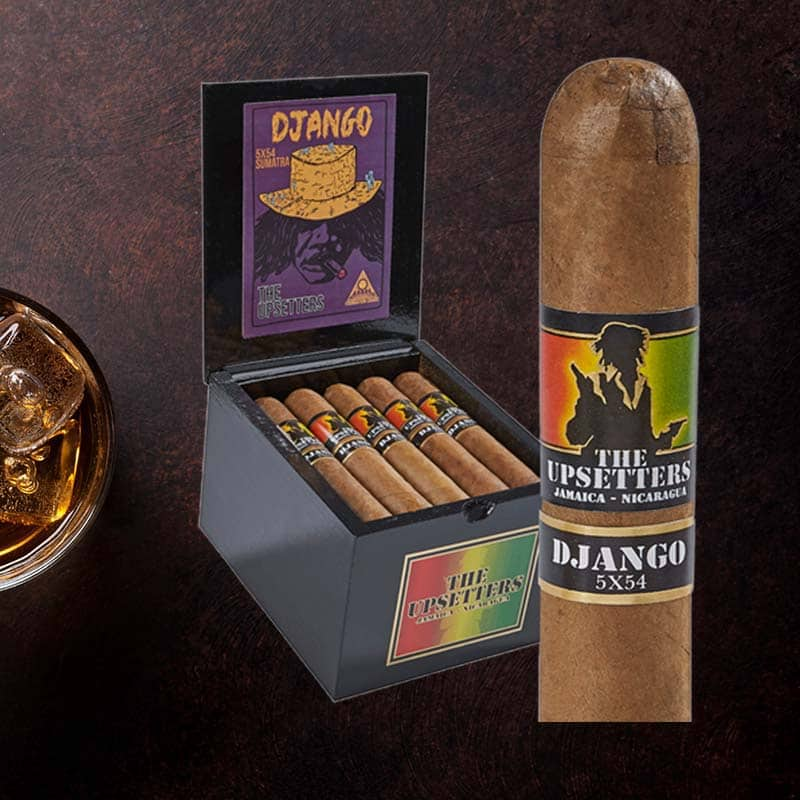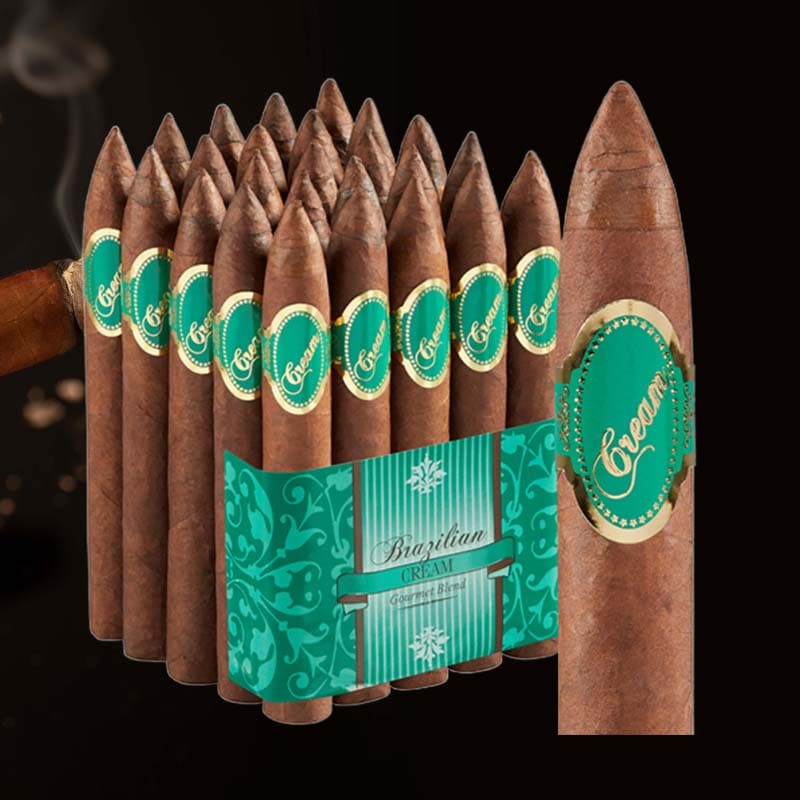How to properly refill a butane torch lighter
How to Properly Refill a Butane Torch Lighter
As someone who has enjoyed the steady flame of a butane torch lighter for various tasks—whether it’s lighting up a fine cigar, crafting, or even culinary endeavors—I’ve come to appreciate the importance of maintaining its functionality. There’s something oddly fulfilling about a well-functioning lighter; it becomes a trusty companion. Unfortunately, running out of fuel can be frustrating. So, let me guide you through how to properly refill a butane torch lighter, ensuring that you can continually enjoy that satisfying flame.
Safety Considerations
Before we dive into the methodology, let’s lay down some safety groundwork. Safety should always come first, especially when handling flammable substances like butane. Just as I’ve learned to treat my lighter with respect, I encourage you to adhere to simple safety practices.
Understanding Butane Risks
- Flammability: Butane is highly flammable and can ignite quickly. Keep your lighter away from any heat sources or open flames.
- Ventilation: Always refill your lighter in a well-ventilated area to avoid inhalation of fumes.
- Contact with Eyes or Skin: Avoid contact with butane; it can irritate. If it happens, wash the area thoroughly.
- Storage: Store butane canisters in a cool, dry place away from direct sunlight.
Tools You Need to Refill Your Butane Lighter
Just like any great adventure requires the right tools, so does refilling a butane torch lighter. Here’s a quick list of what you’ll need:
Essential Tools for Refilling
- High-quality butane fuel (preferably a premium brand)
- A flat surface for your work area
- Compressed air or a small tool to purge the lighter (optional)
- A cloth for cleanup
7 Easy Steps to Refill a Butane Lighter
Now, the moment we’ve been waiting for—refilling your lighter! I’ve broken this down into seven easy-to-follow steps so that you can get back to enjoying that flame as quickly as possible:
1. Prepare Your Work Area
Find a flat, stable surface in a well-ventilated area. I often choose my outdoor patio, especially when the weather is nice. It’s important to ensure that everything you need is within reach.
2. Allow the Lighter to Cool
If you’ve just used your lighter, let it cool down for a few minutes. A hot lighter can be dangerous when refilling.
3. Adjust the Flame to Lowest Setting
Next up, turn the flame adjustment screw at the bottom of the lighter to its lowest setting. This minimizes the risk of accidental ignition during the refilling process.
4. Purge the Lighter
To ensure a proper refill, you may need to purge the lighter first. Using compressed air or the small tool you have, press the refill nozzle to release any remaining gas. I find it satisfying to hear that hissing sound as the air escapes.
5. Refill with Premium Butane
Now, it’s time to refill! Hold the butane can upside down, and place the nozzle into the lighter’s refill port. Press down firmly and refill until you can visibly see liquid butane. This usually takes only a few seconds, but it feels exhilarating to know you’re filling up that trusty lighter again.
6. Rest the Lighter
Allow the lighter to sit for at least 5-10 minutes post-refill. This ensures that it stabilizes and any excess gas can disperse.
7. Test Your Lighter
Finally, it’s testing time! Once you feel confident, adjust the flame back to the desired level and ignite your lighter. Nothing beats the moment when the flame appears and brings your lighter back to life!
Butane Lighter Troubleshooting Tips
Even after a successful refill, you might face some hiccups. Here’s a handy overview of common issues and how to address them:
Common Issues and Solutions
- Weak Flame: This could be due to insufficient butane in the lighter. Try purging and refilling again.
- No Flame: Check if the flame adjustment is set too low or the lighter is still too warm from use.
- Flame Isn’t Steady: There might be air bubbles trapped in the fuel line; purge and refill to solve this.
Butane vs. Other Fuels
While butane is my go-to fuel, it’s useful to understand how it compares with others.
Understanding Fuel Differences
- Butane: Clean burning, easy to refill, and widely available.
- Propane: Burns hotter but may not be compatible with all lighters and can be more expensive.
- Zippo Fluid: Provides a vintage feel but requires more frequent refills and maintenance.
Bonus Tips for Using Butane Lighters
To get the most out of your lighter, consider adopting the following best practices:
Best Practices for Longevity
- Use high-quality butane to avoid build-up and clogging.
- Keep your lighter clean and free of residue.
- Store your lighter in a safe place, preferably out of direct sunlight.
- Regularly check the flame and adjust accordingly.
Frequently Asked Questions about Butane Lighters
Common Queries Answered
To save you time, here are concise answers to some frequently asked questions:
What is the proper way to fill a butane lighter?
The proper way involves purging residual gas before refilling with premium butane and allowing the lighter to cool between uses to ensure safety and efficiency.
Do you have to purge a butane lighter before refilling?
Yes, purging is crucial to prevent mixing old gas with new and ensures a proper refill for optimal performance.
Do you shake butane before filling a torch?
No, I don’t recommend shaking the butane canister, as it can cause excess gas to escape or create pressure hazards.
Why is my butane lighter not working after refill?
A non-functioning lighter after refilling could result from improper purging, incorrect flame adjustment, or a clog; troubleshooting is essential.
Final Thoughts on Refilling Your Butane Torch
Summary of Key Points
Keeping my butane torch lighter always ready and fueled has elevated my experience, whether I’m enjoying a cigar or igniting the grill. Remember to gather the right tools, prioritize safety, and follow the uncomplicated steps for refilling.
Share Your Experiences
Invite Reader Comments and Tips
I’d love to hear your experiences with butane refilling! What tips do you have? Have you encountered any hiccups? Let’s exchange knowledge and strategies in the comments below.














